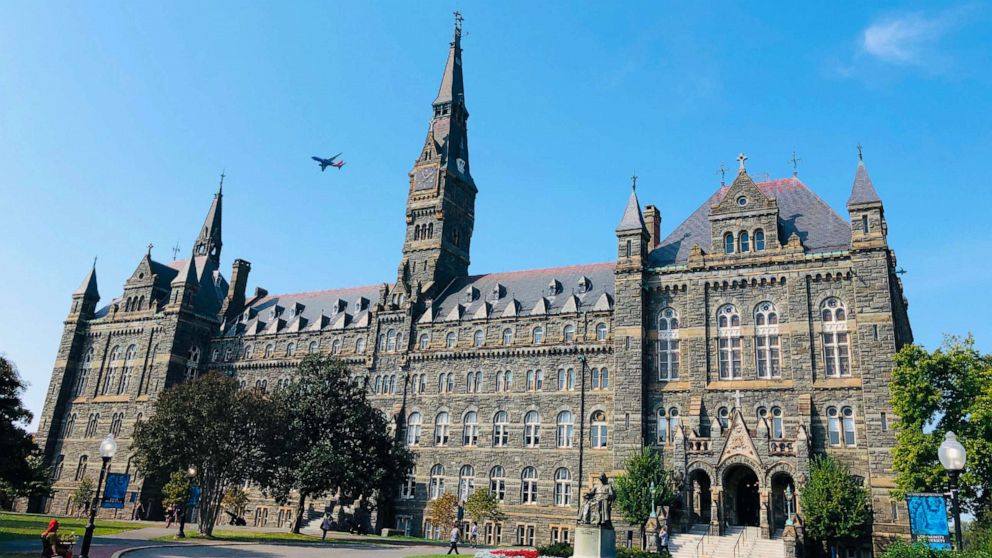According to the results of this research, there are more private schools than public schools in the United States. The majority of private universities are expensive. On the other hand, there are fewer expensive universities in public schools in the US compared to private schools. New York state has more expensive than others. There are 44 expensive universities in New York state. Pennsylvania state has the second-highest number of expensive universities in all the states. There are 35 expensive universities in Pennsylvania state. And the third place in all states is Massachusetts state, which has 22 expensive universities. Over 87% of expensive universities are private schools. Over 10% of expensive universities are in New York state. Over 8% of expensive universities are in Pennsylvania state. Over 5% of expensive universities are in Massachusetts state.

Therefore, students can predict if the university is expensive or not based on its location. When predicting the state of a university that the tuition is not already given, the probability of being expensive for universities located in New York, Pennsylvania, and Massachusetts is highest among all states in the US. Therefore, for people who cannot afford or do not want to pay high tuition, it is better not to apply for universities located in the state of New York, Pennsylvania, and Massachusetts. On the other hand, the probability of expensive university in Vermont, Maryland, New Jersey, or Minnesota is lowest compared to other states. So, people who cannot afford or do not want to pay high tuition can apply for universities located in one of these states.

Similarly, since the number of expensive colleges is higher than the number of non-expensive colleges in the United States, a random university has a high probability of being an expensive university. People can predict that a random university in the United States is an expensive university. However, there are a lot of factors that have correlations with if the college is expensive. Tuition, of course, is the most important factor related to the fact if that university is expensive or not. However, the information about whether a college is expensive or not can be predicted based on other factors as well. For example, a university with a high accept rate to admit students is highly probable to be a non-expensive university. Hence, people who only want to apply for non-expensive universities should apply for colleges with high accept rates.
According to the results of research, universities that have a low accept rate and a high enroll rate have more probabilities of being expensive. And as the increase in enroll rate, the probability of the university is expensive will be higher. The low accept rate shows that expensive universities are really competitive. First, there are a lot of people who want to apply to them. It is the same as people expect in real life. Second, expensive universities are strict about admission, which is good for students because everyone who gets in can have enough education resources. The high enroll rate indicates that expensive universities have high-quality education because most people who get admitted by those schools take offers from them. Also, universities with high rankings have more probability to be expensive, which also makes sense because top universities have more reputations for high-quality education and they need high tuition to support it.

For most students, it remains financially worth it to go to college with high tuition, despite rising tuition. Education quality and resources that an expensive university can provide are helpful for students to learn knowledge and to get jobs with high payments. Based on the results, there is a positive relationship between the amount of college tuition and the number of payments students can get after they graduated. If students want to get higher incomes at work, it is worth paying expensive tuition. Moreover, students major in stem majors are more likely to get higher payments right after they graduate. But the sample of stem major students is not big enough, so the relationship between the payments and stem major percent is not 100% correct.
However, the definition of an "expensive" university is debatable. Although tuition fees of colleges in the United States increase rapidly, inflation should also be considered. For example, a $100 bill in the 80s cannot be the same as a $100 bill today. Therefore, the standard of "expensive" may have changed a lot as college tuition increases rapidly. Since some colleges are considered expensive in this research might not be expensive in real life, people should be more encouraged to study at "expensive" universities. Due to the trend of a fiercely competitive environment, people should invest more in education to get more opportunities at work.
In conclusion, if the individual can afford high tuition, one should apply for expensive universities due to the high education quality and high incomes graduates can make. However, if the tuition is way too high for students, they can still apply for non-expensive universities, which normally have high accept rates, low enroll rates, and low rankings.